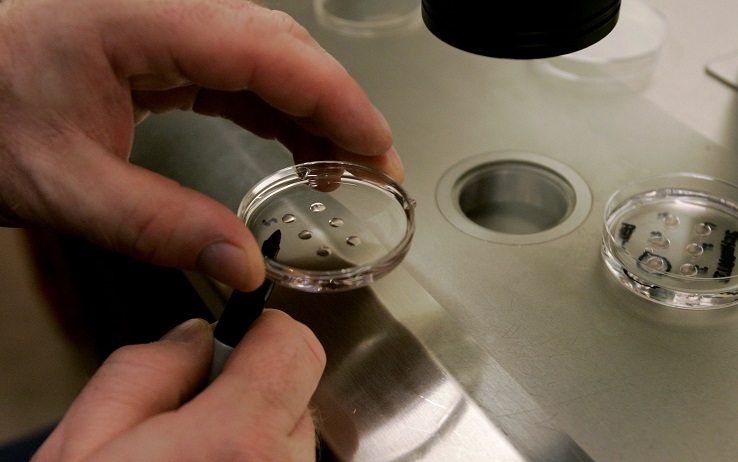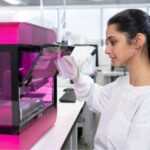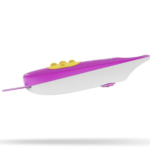

Researchers at the University of Bari have developed new methods of 3D printing for more effective assisted reproduction interventions and procedures for the protection of endangered species.
In vitro fertilization (IVF) is the most common assisted reproduction solution for couples facing fertilization problems. Since it was first applied successfully in 1978, more than 5 million babies have been born using IVF. Infertility impacts a significant portion of the population, with over 11% of the population or 6.7 million women worldwide unable to reproduce, as per the American Society of Reproductive Medicine.
In turn, methods that improve the viability and efficacy of IVF are of tremendous value. This is true not only for infertile couples, but also to researchers limited by conventional 2D methods, which have low reproducibility, and limited studies for validation in assessing or studying IVF. Such solutions also apply to domestic animals, the animal production industry, and in saving endangered species.

In their research, published in Plos One, an innovative bioengineering approach was used to encapsulate animal cells in a hydrogel microsphere. These microspheres were made using 3D bioprinting to obtain structures for culture in vitro, and are largely composed of water. An open source automated tool, Sphyga, was developed to generate spherical hydrogel spheres, using a syringe with the required shape, size and stability, and can be used to automate generation of alginate hydrogel microbeads.
These microencapsulated eggs were found to have preserved structural and functional integrity, and have a higher development potential and viability as compared to eggs transferred conventionally, and the 3D bioprinting method—called 3D in vitro maturation (3DIVM)—was found to be highly reproducible and efficient. Researchers believe 3DIVM could become the preferred method in clinical and toxicological applications.
At the Veterinary Medicine department at the University of Utrecht, researchers developed an oviduct-on-chip model to better study fertilization in humans and animals. Although they found certain 3D printing polymers are not viable for bioprinting and bioengineering due to toxicity, their results showed how important the 3D printed model was over traditional cell culture methods. The model was used to create conditions similar to that in the oviduct, considered more important than it was before in the fertilization process, using an air-liquid interface in a 3D printed system with filters for oviduct epithelial cells to grow.
This new method could also improve the effectiveness of IVF for animals such as horses and cows. In 2017, a paper published in Nature reported how scientists had successfully used 3D printing to make artificial ovaries, a gelatin-based bioprosthetic scaffold, to restore the fertility of infertile mice. Earlier in 2014, French researchers had patented a new way to study and examine in-vitro embryos, prior to implantation, ex-vitro – or via a 3D model and printed specimen that is based on a scan of the in-vitro embryos.
If you're looking to get architectural 3D animation in the USA, our service provides an exceptional way to bring your architectural concepts to life through dynamic, immersive visuals. Through our platform, you can easily request high-quality 3D animations that showcase your designs in motion, offering a detailed view of your project from multiple angles and perspectives. Whether it's for a real estate development, a commercial building, or an urban planning project, our expert team ensures that every detail is captured in a visually compelling animation.
Through our website, you can seamlessly get architectural 3D animation tailored to your project’s specific needs. With our help, you can offer potential clients or investors an engaging experience that goes beyond static images. By integrating CGI animations with real-world settings, lighting, and textures, our team creates a lifelike experience that allows your audience to interact with your project as though it were already built. This service is perfect for presenting complex designs in a clear, visually attractive way that stands out in the competitive architectural market.




